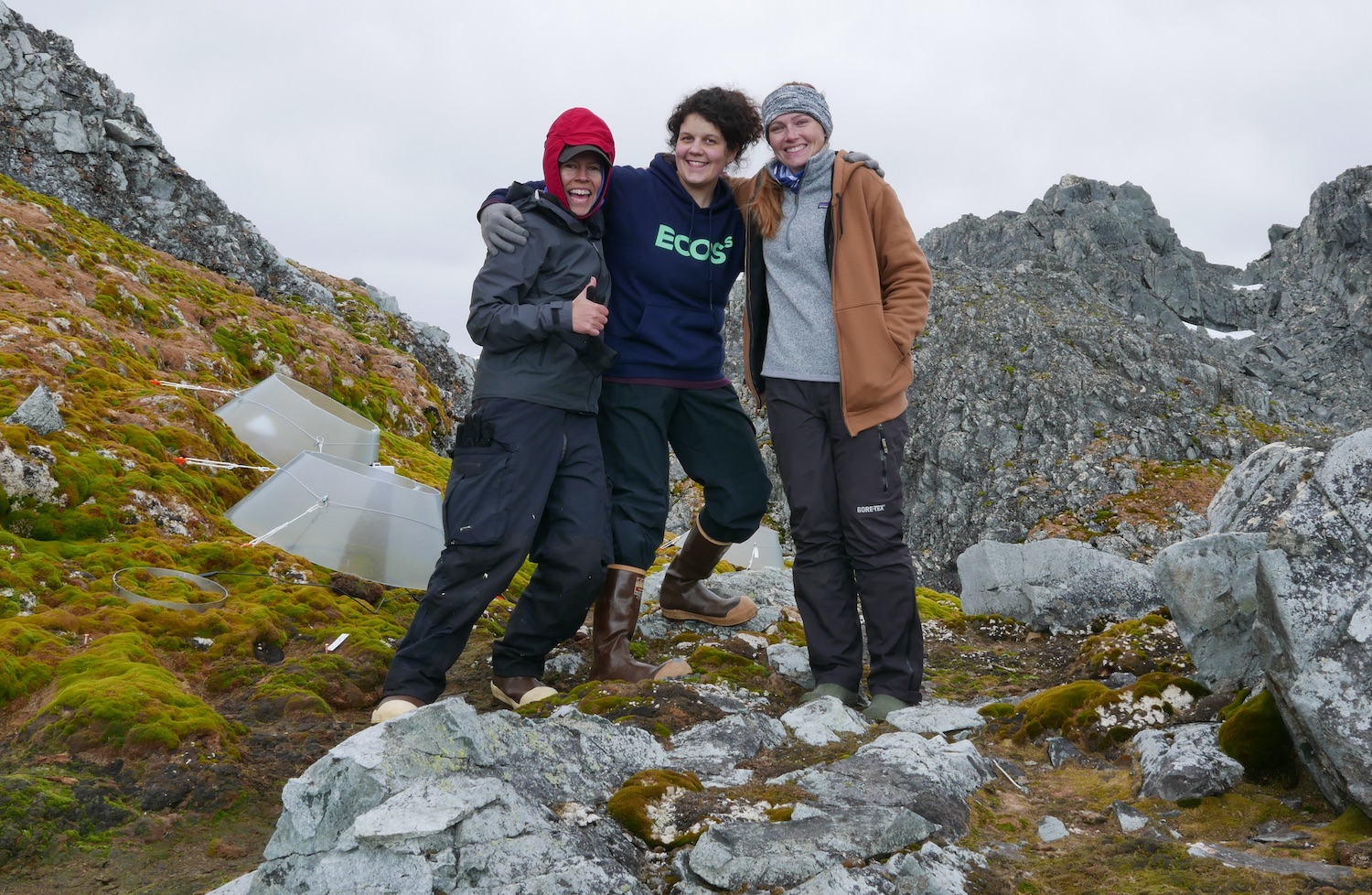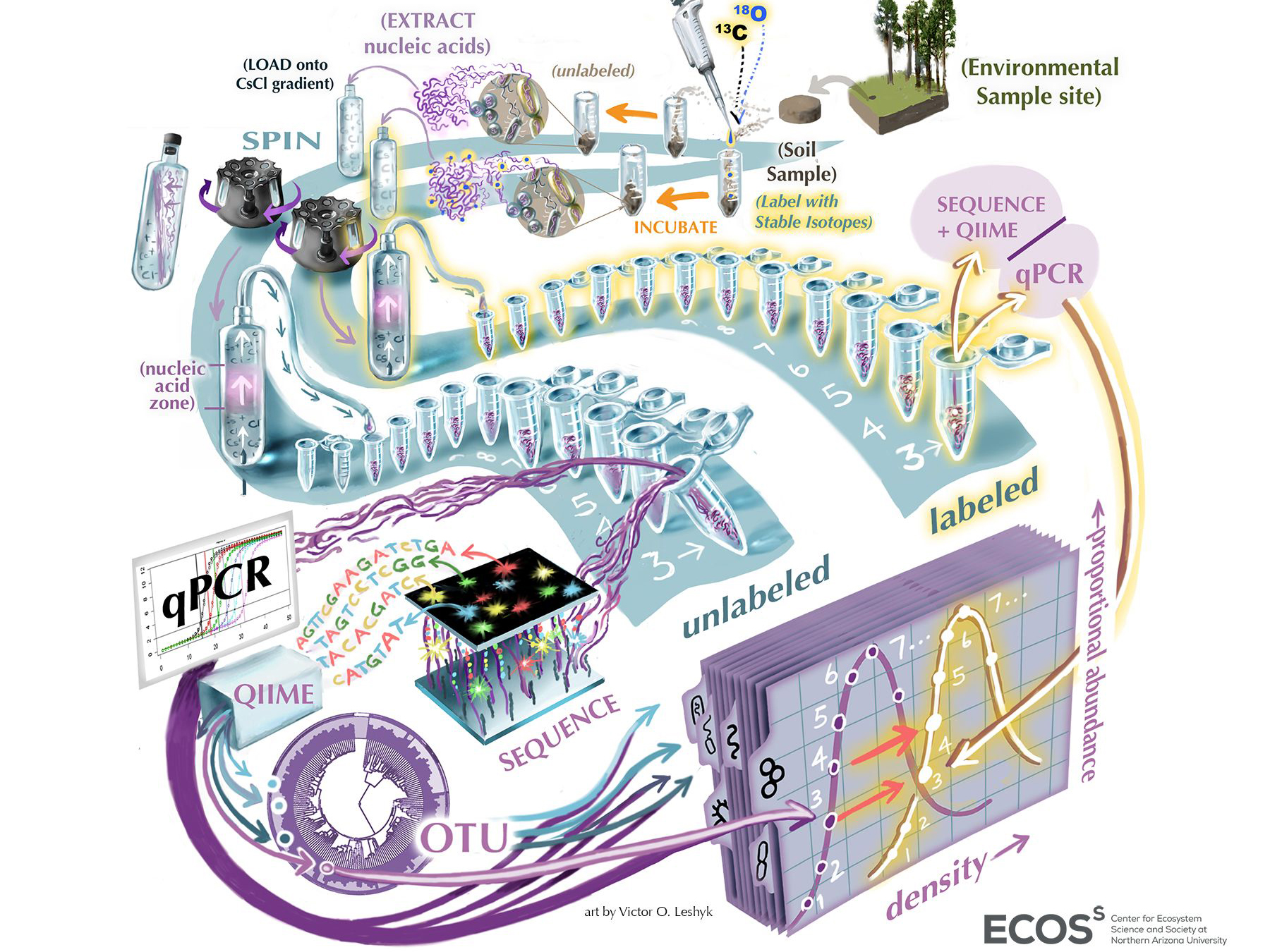Reproductive limitation mediates the response of white spruce (Picea glauca) to climate warming across the forest–tundra ecotone
Shifts in the extent of the boreal forest during past warm intervals and correlations between climate and the position of the forest–tundra ecotone suggest that recent temperature increases will facilitate forest expansion into tundra ecosystems. In this study, we used a unique set of high-resolution repeat photographs to characterize white […]


